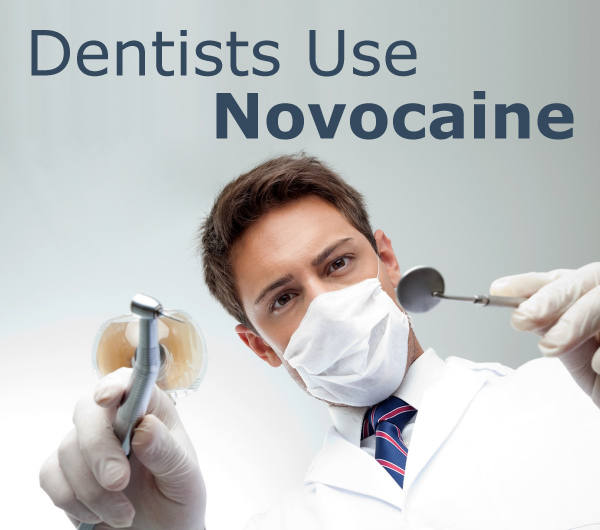Do dentists use Novocaine injections to numb their patients’ pain?
There is evidence of dental procedures having been performed as far back as 7000 B.C. The first dental filling, made of beeswax, was used 6,500 years ago.
In the middle ages, dentistry was performed by barbers, whose practice was mainly restricted to tooth extraction.
The modern science of dentistry began in the 1800s, with the first dental college opening in Baltimore in 1840. Colgate produced the first mass-produced toothpaste in 1873, and the first mass-produced toothbrush became available in 1885.
Which brings us to perhaps the most important innovation for anyone visiting the dentist: painkillers. Novocaine was invented in 1905 as a fast-acting anesthetic to be used on German soldiers, and was later picked up for dental use.
Lidocaine was developed in the 1940s. Compared to Novocaine, Lidocaine did not produce allergic reactions, and was well-tolerated because it is broken down by the liver. Lidocaine soon became the most widely used anesthetic in dentistry, eventually supplanting Novocaine altogether. Dentists have not routinely used Novocaine since the early 1980s!
It is understandable that non-informed patients would continue to refer to Lidocaine as “Novocaine” – but why do dentists use the term as well? I asked mine and he replied that it was simply a familiar word to patients, that had evolved into a generic meaning of “painkiller.”
Bonus Fact: Before the discovery of Novocaine, cocaine was routinely used as an anesthetic!




